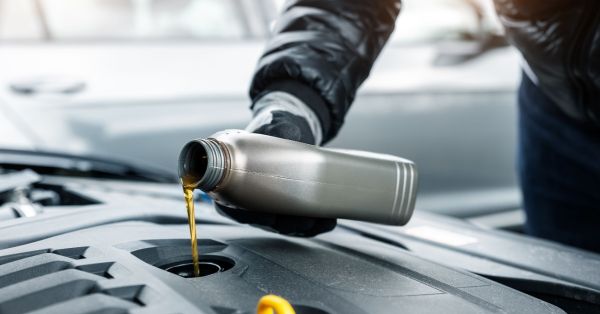Routine oil changes are one of the most important steps in maintaining your vehicle’s performance and longevity. Your engine relies on clean, high-quality oil to stay in top condition. Skipping oil changes can lead to costly repairs and a shorter engine lifespan. Let’s explore why oil changes are essential and how they keep your engine healthy.
Lubricating Engine Components
Engines are made up of many moving parts, such as pistons, valves, and camshafts, which generate heat and friction as they operate. Oil lubricates these parts, preventing excessive wear and tear. Without fresh oil, friction can increase, leading to overheating and potential engine damage.
Removing Dirt and Debris
Over time, dirt and debris can build up in the engine, contaminating the oil and reducing its effectiveness. Regular oil changes flush out these contaminants, keeping your engine cleaner and more efficient. Neglecting oil changes allows sludge to form, which can clog vital engine parts and reduce performance.
Enhancing Fuel Efficiency
When your engine runs smoothly, it consumes less fuel. Fresh oil reduces friction between moving parts, allowing your engine to operate more efficiently. On the other hand, dirty or old oil makes your engine work harder, leading to increased fuel consumption.
Extending Engine Lifespan
Routine oil changes help extend the life of your engine. Clean oil minimizes wear and ensures that all components function as they should. Skipping oil changes can lead to major engine problems, such as overheating, increased friction, and even complete engine failure, resulting in expensive repairs or a full engine replacement.
Protecting Against Overheating
As oil flows through the engine, it carries away heat from the moving parts. This heat dissipation is crucial to preventing the engine from overheating. Fresh oil ensures optimal cooling, while old, degraded oil becomes less effective at keeping the engine’s temperature regulated.
Conclusion
Oil changes are a simple but critical part of vehicle maintenance at Simpson Brothers Garage. They keep your engine lubricated, clean, and efficient, helping to reduce wear and extend the engine’s life. Regular oil changes also save you money by improving fuel efficiency and preventing costly repairs. Prioritize your engine’s health by scheduling oil changes on time with Simpson Brothers Garage your car will thank you with smooth performance for years to come. Visit us at Simpson Brothers Garage to book your service today!

